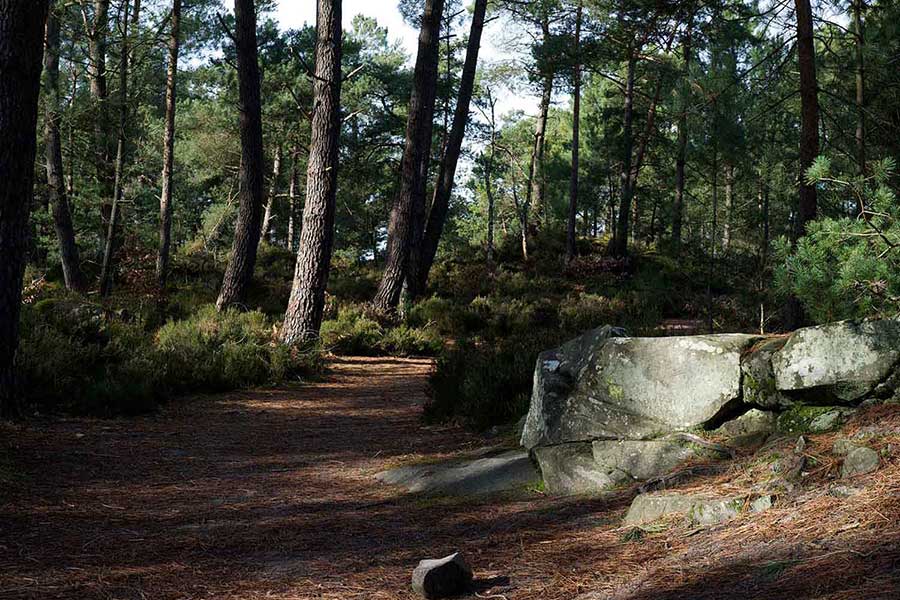On February 7th and 8th, Dr. Simon Kitto and Rachel Grant facilitated a “Walk in the Woods” workshop with the American Nurses Credentialing Center (ANCC) to move continuing nursing education from a time-based to a competence-based approach. A competence-based approach would shift the focus to validating the functional capability of nurses rather than the amount of time spent on continuing education (Hodges, 2010).
“One of the best working meetings I’ve ever had the privilege of attending.”
By the end of the intensive two-day workshop, the Task Force developed a new conceptual model for continuing nursing education, a pilot research study, and formed several working groups.
The American Nurses Credentialing Center
The ANCC is a subsidiary of the American Nurses Association that promotes excellence in nursing and patient care through the credentialing of nurses and accreditation of organizations offering continuing nursing education (ANCC, 2014).
“The facilitators were very instrumental in moving our discussion forward to producing a tangible outcome.”
Task force members present included ANCC staff (Dr. Kathy Chappell, Mary Golway, Sibyl Lavin, Diane Thompkins) and commissioners (Dr. Pam Dickerson, Montana Nurses Association; Dr. Lyn DeSilets, Villanova University; Dr. Mary Anne Celenza, Community Colleges of Philadelphia; Dr. Sharon Decker, Texas Tech University; and Dr. Jobeth Pilcher, Baylor Healthcare System).
The ‘Walk in the Woods’ Method
The Walk in the Woods is a method for multidimensional problem solving that is geared to reaching a deal with the necessary buy-in and support. Key components include:
- Identification of self-perceived needs;
- Agreement on key issues
- Developing options on getting these interests met and prioritized; 4.Reaching agreement on options and developing a detailed plan.
“The Walk in the Woods will be good reading for any future nursing endeavors for change.”
Marcus, Dorn & McNulty (2012) describe how the name originates from the Cold War nuclear arms reduction negotiators. Two negotiators literally went for a walk in the woods after reaching an impasse in the negotiations. During their walk, they developed a genuine understanding of the interests of each other’s country and were able to reach an agreement. Although this agreement was ultimate rejected by the United States and Soviet Union, their meeting has come to symbolize the advantages of informal interpersonal bargaining and interest-based negotiation.
Past Walk in the Wood Workshops
This is the second Walk in the Woods workshop that the CPD Research Programme has facilitated. In June 2013 Simon and Dr. Stella Ng (University of Toronto) co-facilitated a Walk in the Woods for the Council of Ontario Faculties of Medicine CPD consortium, with Rachel as the structural designer.
“We now have a great start to use in moving forward to next steps.”
References
- ANCC (2014). About ANCC. Retrieved from: http://www.nursecredentialing.org/FunctionalCategory/AboutANCC
- Hodges, B. D. (2010). A tea-steeping or i-Doc model for medical education? Academic Medicine, 85(9), S34-S44.
- Marcus, L. J., Dorn, B. C., McNulty, E. J. (2012). The walk in the woods: A step- by-step method for facilitating interest-based negotiation and conflict resolution. Negotiation Journal (July), 337-349.
